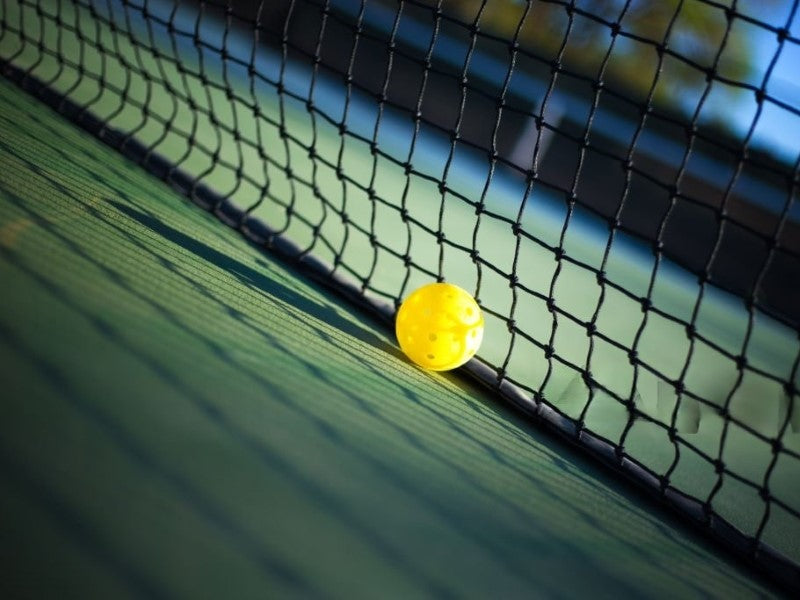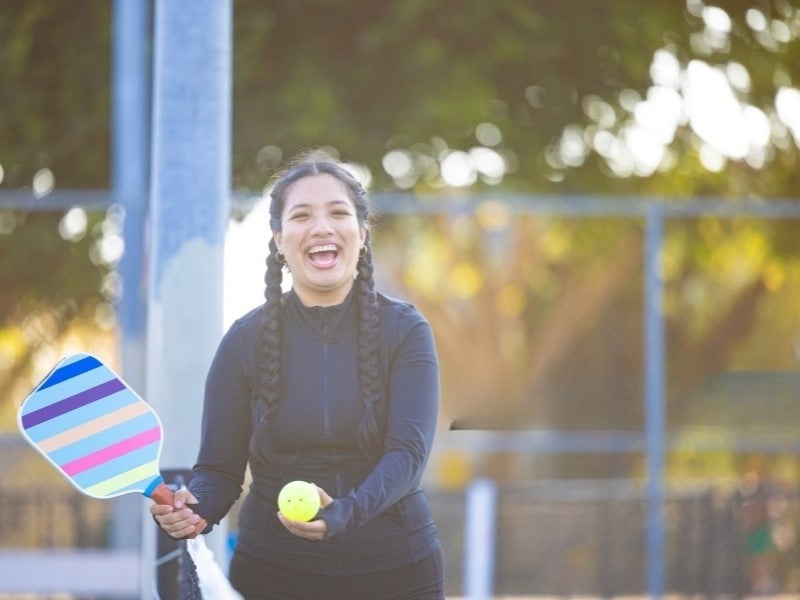Pickleball is a sport gaining rapid popularity, blending elements of tennis, badminton, and table tennis. While the game is accessible and easy to learn, the rules can sometimes confuse new players—especially scoring and turn-based gameplay terms like “side out.” So, what does side out mean in pickleball? Let’s explore.
What Does “Side Out” Mean in Pickleball?
At its core, a “side out” in pickleball refers to a change in service possession from one team to another. In doubles matches, each team has an opportunity for both players to serve before the serving right shifts to the opposing team. When both players on a team lose their service turns (by committing faults), a side out is called and the opposing team gains the serve.
In singles play, a side out happens when the server loses a rally. Since there’s only one player per side, the ball immediately goes to the opponent to serve next.
So in simple terms:
Side out = Your team lost the serve, and now the other team gets to serve.
The phrase “side out” comes from older racquet sports like volleyball, where it similarly referred to a change in service from one side to the other. In pickleball, the term retained its meaning and is especially important in traditional scoring systems, where only the serving side can score a point. This makes every side out a potential turning point in the match.

How Side Outs Work in Doubles Pickleball
To understand what a side out means in pickleball, you need to know how serving rotations work in doubles.
Each team has two players: Player 1 and Player 2. Here’s how it plays out:
- At the start of the game, only one player on the first serving team serves (usually Player 2), and once they lose the serve, it's a side out to the other team.
- From then on, both players on a team get to serve before a side out is called.
- Player 1 serves until they commit a fault.
- Then Player 2 takes over the serve. If they also commit a fault, a side out is called and the serve passes to the opposing team.
This means that each team gets two chances to serve before losing the serve entirely—except for the very first team, who gets just one.
How Side Outs Work in Singles Pickleball
Singles is a bit more straightforward:
- The server serves until they lose a rally.
- When they fault, it's an immediate side out, and the opponent becomes the new server.
Because there's only one player per side, each side out is the only opportunity for a player to earn points. Like in doubles, only the server can score in traditional rules.
Side Out and Traditional Scoring
In traditional pickleball scoring, only the serving team can score points. This makes side outs a critical part of the game strategy. If your team isn’t serving, you’re playing defensively, trying to force the other team into making a mistake so you can win back the serve.
A side out, therefore, is a reset—a new opportunity to start scoring.
Example:
If your team is down 4-7 and you cause a side out, that means you now have the serve and a chance to catch up on the scoreboard. You can only increase your score if you’re serving, so side outs are highly strategic moments in a match.
Side Out and Rally Scoring
In rally scoring, which is becoming more popular in tournaments and recreational formats, a point is awarded on every rally, regardless of which team is serving. This scoring method simplifies the game for new players and ensures faster matches.
However, side outs still happen in rally scoring—they just don’t limit scoring opportunities in the same way. A side out in this context means that the team that just lost the rally will now give the serve to the other team, who will also start the next rally with a fresh opportunity to score.
So while side outs are less crucial for scoring strategy in rally scoring, they still mark a shift in control of the game.
Common Scenarios When a Side Out Occurs
To better understand what side out means in pickleball, let’s look at real-game situations where a side out is called:
1. Faults on Serve
If a player fails to serve the ball diagonally or commits a foot fault, it’s a fault. In doubles, this ends their turn, and in singles, it leads to a side out.
2. Rally Loss
If the serving team fails to win the rally—either by hitting the ball out, into the net, or violating the two-bounce rule—it results in a fault. In doubles, this may switch the serve to their partner or trigger a side out, depending on which player was serving.
3. Double Faults in Doubles
Once both players on a team have committed faults during their respective serves, the serve changes sides. This is the classic definition of a side out.
Why Side Outs Are Strategically Important
Understanding what side out means in pickleball also means recognizing the momentum shifts that come with it. Here's how:
- Momentum Control: A side out breaks an opponent’s scoring streak.
- Reset Opportunity: It allows your team to switch from defense to offense.
- Scoring Window: In traditional scoring, it's the only time your team can start earning points again.
- Pressure Point: For both teams, side outs often come at key pressure moments that define the match.
Smart players use side outs to regroup, refocus, and re-strategize.

Tips to Minimize Side Outs on Your Serve
If you're the server, avoiding unnecessary faults is key. Here are some quick tips to keep control:
- Practice consistent, legal serves
- Communicate with your doubles partner to avoid confusion on court positioning
- Play high-percentage shots early in the rally to reduce unforced errors
- Use time-outs wisely if you’re on a losing streak or feeling flustered
The fewer side outs you concede, the more chances you have to score.
How Side Outs Affect Game Length
In traditional scoring, frequent side outs can make games drag on, especially at lower skill levels where rallies are short. This is part of why rally scoring has gained popularity—it reduces the effect of constant side outs on match length.
Still, side outs help keep the game fair by requiring each team to earn their time at the serve, rather than scoring purely based on luck or opponent errors.
So, what does side out mean in pickleball?
It’s more than just a rule—it’s a key moment in the game that affects strategy, scoring potential, and momentum. Whether you’re playing casually or competitively, understanding how side outs work gives you an edge. It helps you anticipate changes, plan smarter shots, and communicate better with your partner.
By recognizing and using side outs to your advantage, you can elevate your pickleball game—one serve at a time.








Leave a comment
This site is protected by hCaptcha and the hCaptcha Privacy Policy and Terms of Service apply.